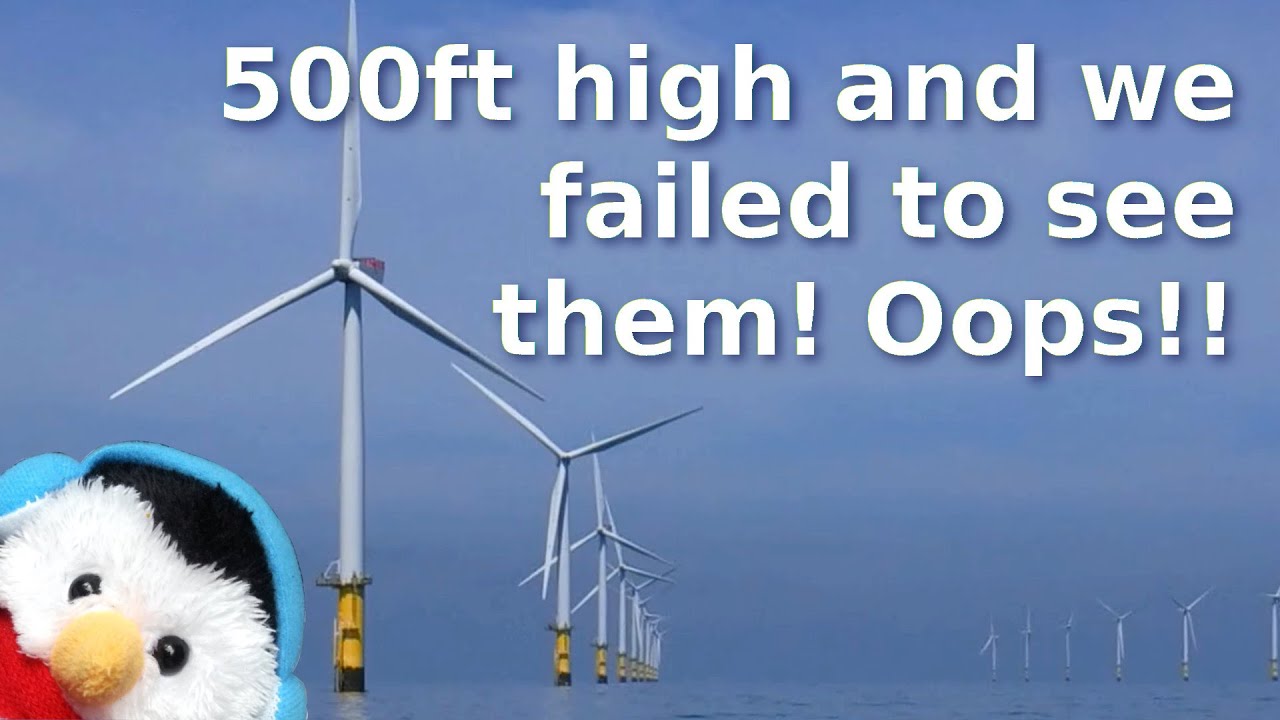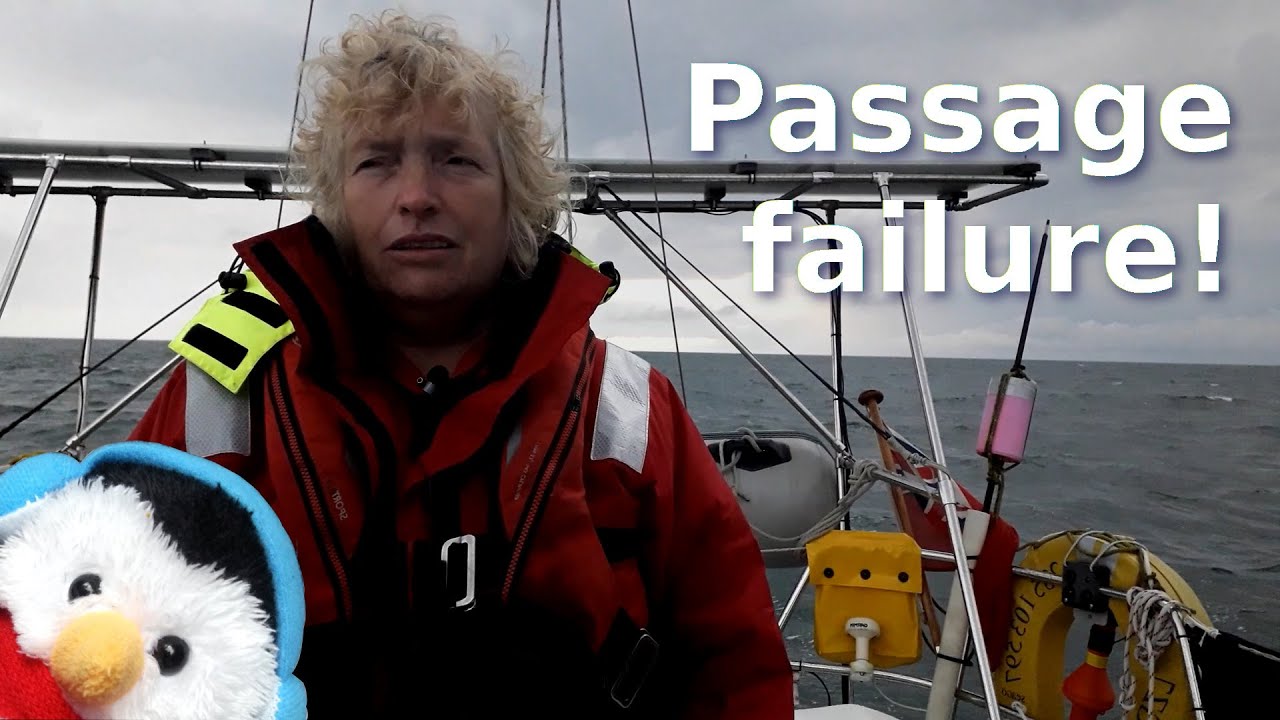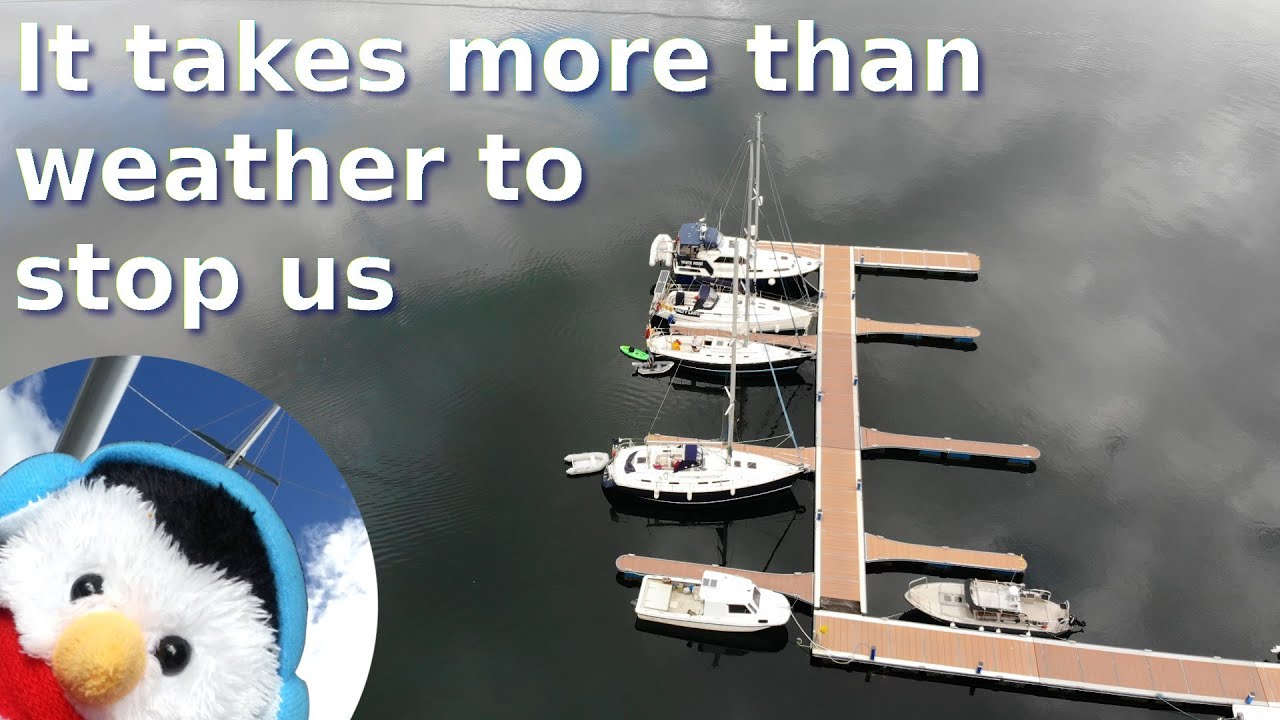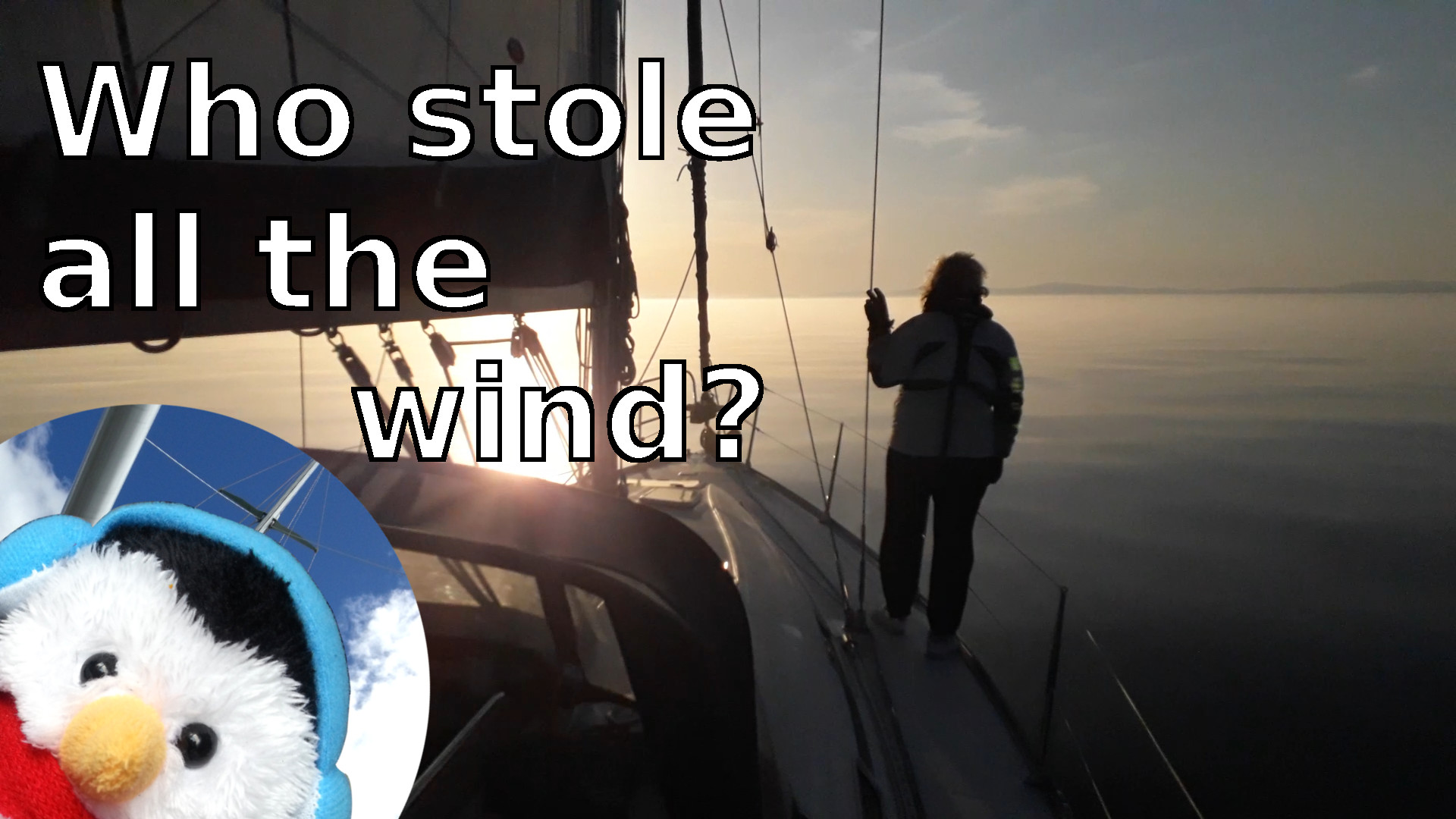A re-edited version of our early sails
We were in Liverpool and it was time to go sailing, so our first task was to hoist the dingy into it's sling on the back of Salty Lass. Next was all the food which consisted of a lot of canned goods and dry goods such as pasta and rice. Once all the preparation was done, it was time to leave Liverpool.
So, we motored down the Mersey, towards the entrance to the Rock channel which starts just outside New Brighton and heads North West. The Rock channel is a great wee shortcut as it reduces the journey time, for westward journeys by at least one hour, but you must cross it at high tide ± 3hours, as the drying sands in that area are up to 2m. We motored through the Rock channel as your position must be very precise, what with the drying sands and the numerous wrecks in that area. When I first saw the number of wrecks, I thought that the drying sands was an incredibly dangerous area. The truth is, that although the drying sands needs to be navigated with caution, the wrecks were purposely put there in the war, to stop U-boats using the Rock channel. Once we had left the Rock channel and its restricted manoeuvrability, it was time to hoist the sails and start sailing.
Once, the sails were up, I really felt that I could relax at last. When you are sailing, you have to concentrate on sailing, which means that all the other stuff like appointments and your daily activities are just removed and you just have to do one thing and that is sailing. It turned out to be a fantastic sail, with plenty of wind, to keep us going at a reasonable pace, but the sea state was flat which meant that you weren't kicked about. We opened our first tin out of ships stores, which was tomato soup. We accompanied this with some warmed bread which Beverley warmed in a pot. It was a great wee meal and so yummy. Once we had sailed around the Great Orme, it was time to drop the sails and motor into Conwy. A passage where you have to be very precise because of the drying sands, and the many twists and turns that the channel makes.
Our next sail, leaving Conwy was very different as we were in F7 winds from the SW but we didn't have far to go, with the whole journey being just 11nM. The journey from Conwy to Beaumaris has a lot of technical challenges, with the exit from Conwy as your first challenge, followed by the entrance into the Menai strait. We chose the passage on the East side of Puffin Ireland, but now with more experience we would probably go around Puffin Ireland and anchor off the North coast of Anglesey just off Trwyn Du. As it was we motored down the Menai strait and took a mooring ball just outside Beaumaris. In the end we had to moor outside Beaumaris for two days to allow the storm to go through. As someone that has been in Beaumaris several times since, if the wind is from the SW, then add 1 or 2 forces to the predictions as the Menai strait acts as an acceleration zone, for this wind direction.
Our next Navigational challenge was the Swellies, which has a lot of transits to follow as well as other dangers, such as boats going in the opposite direction in the tight channel and Jet skis, which we call Jet fleas. Once through the Swellies, we went into Port Dinorwic, where we went out with my brother and mum. From Port Dinorwic we motored down to Caernarfon, where we met up with my mum and brother again.
Leaving Caernarfon, over Caernarfon bar, was the first Navigational challenge that I did, but you know what we did it. After that it was just a 10hour sail to Howth which we got into in the dark, so more kudos to us.
Looking back at this trip, I realise just how many Navigational challenges that we did. They were quite a few, but I am glad that we challenged ourselves as we are better sailors, because of the challenges that we did in those early days.













